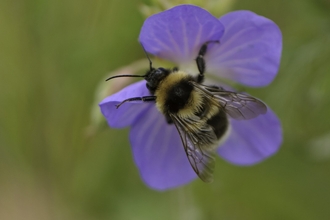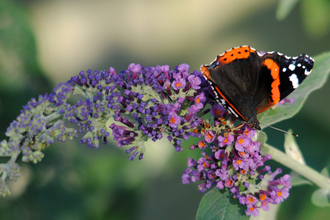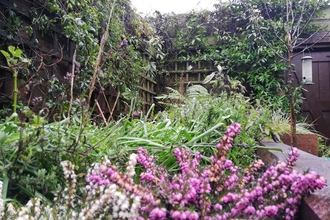Far from being mere pests, they recycle fallen leaves and plant matter into rich soil, providing a vital base for many other species. They are also part of a delicate balance: hedgehogs, slow worms, frogs, and toads rely on slugs and snails as a food source.
The familiar garden snail is a common visitor to gardens. With its coiled brown shell and slow, steady pace, it feeds mainly on decaying plant material and fungi, quietly helping to recycle nutrients while also serving as an important food source for birds, hedgehogs, and amphibians.
The Roman snail, a large and slow-moving species, is another intriguing resident. It can survive dry spells by sealing itself inside its shell with a protective mucus layer, emerging only when conditions improve.
One of the best-known snail specialists is the song thrush, a familiar garden bird with a very particular dining habit. Song thrushes are famous for using ‘anvil stones’ - hard surfaces where they smash snail shells open to reach the nutritious meal inside. The discarded shells often pile up, marking the bird’s regular feeding spots. Without a steady supply of snails, these birds would struggle to raise healthy chicks, as the calcium from shells helps form strong eggs.
Another fascinating species is the leopard slug. This large, patterned slug might look intimidating, but it is a beneficial recycler, feeding mainly on fungi, rotting vegetation - and even other slugs. Leopard slugs also perform one of the natural world’s strangest courtship rituals: pairs suspend themselves from a thread of slime in an elaborate aerial dance before mating, a nocturnal spectacle occasionally visible in gardens.
However, pesticides can disrupt this web, harming not just molluscs but the many animals that feed on them. We urge gardeners to work with nature rather than against it. Coarse grit, crushed eggshells, or protective cloches can shield young plants. Encouraging natural predators restores balance: a small pond attracts frogs and toads, while a log pile or patch of longer grass provides shelter for hedgehogs and slow worms. Even leaving part of a garden a little wild can support the intricate food web sustained by slugs and snails.




